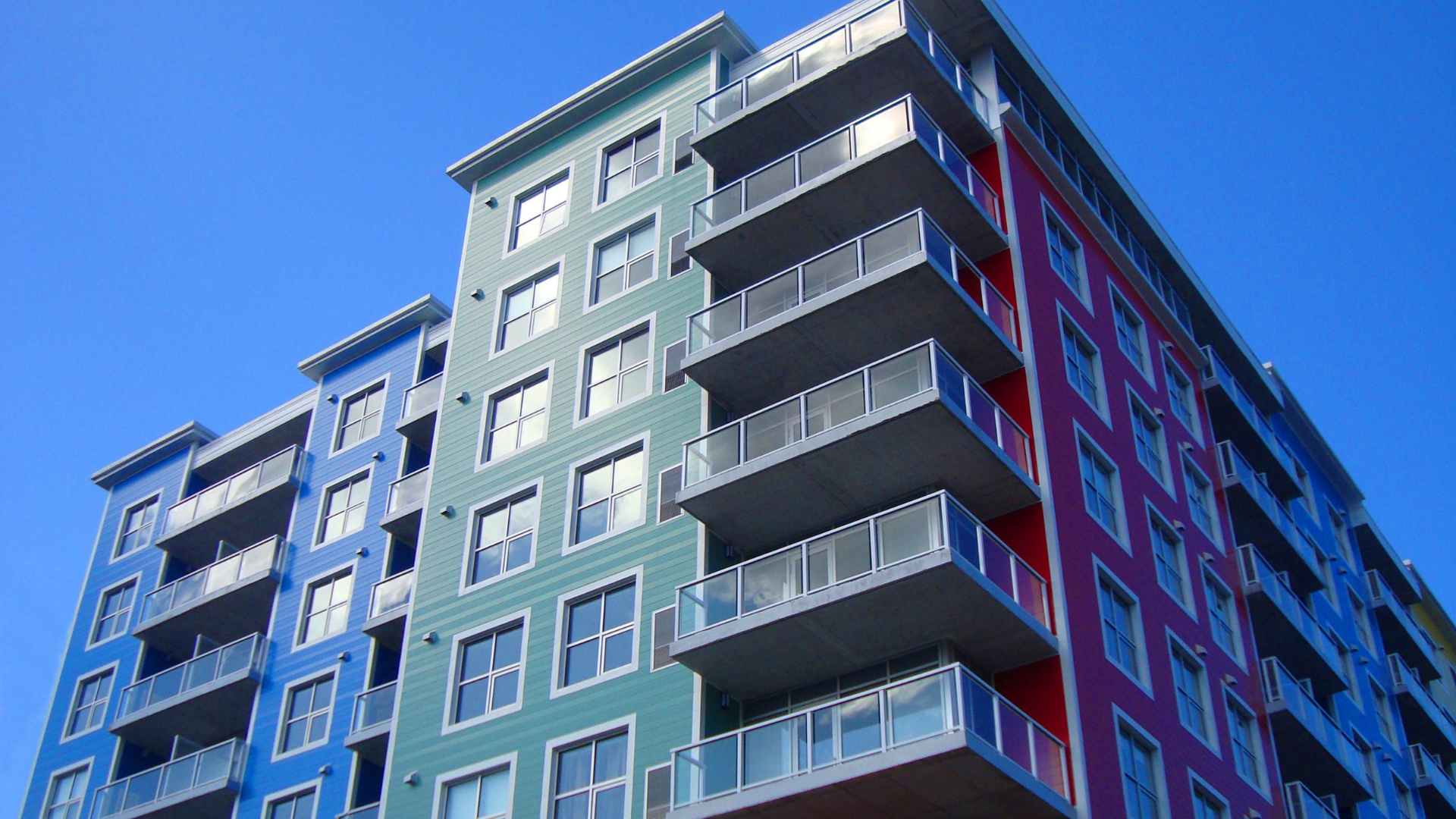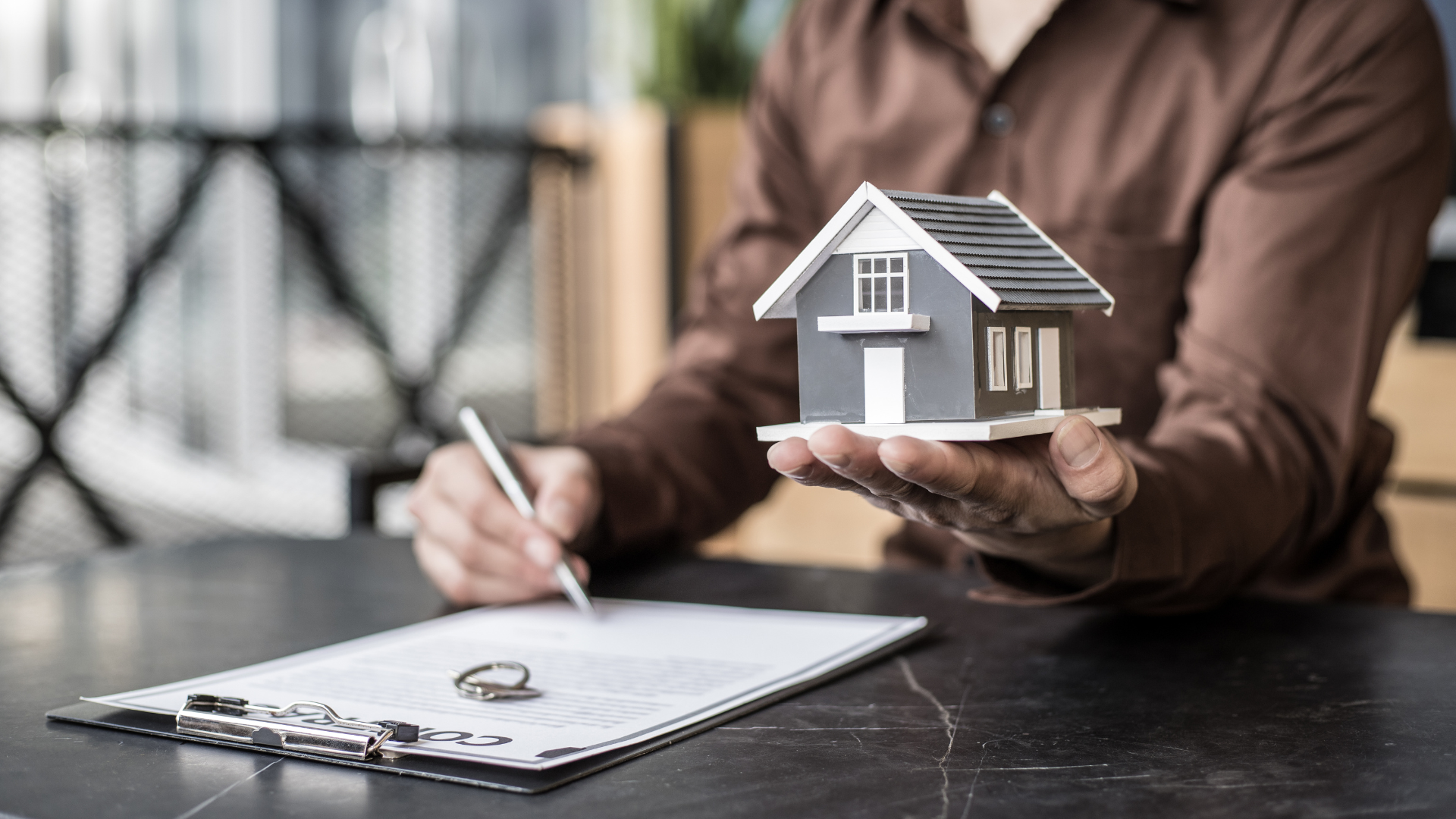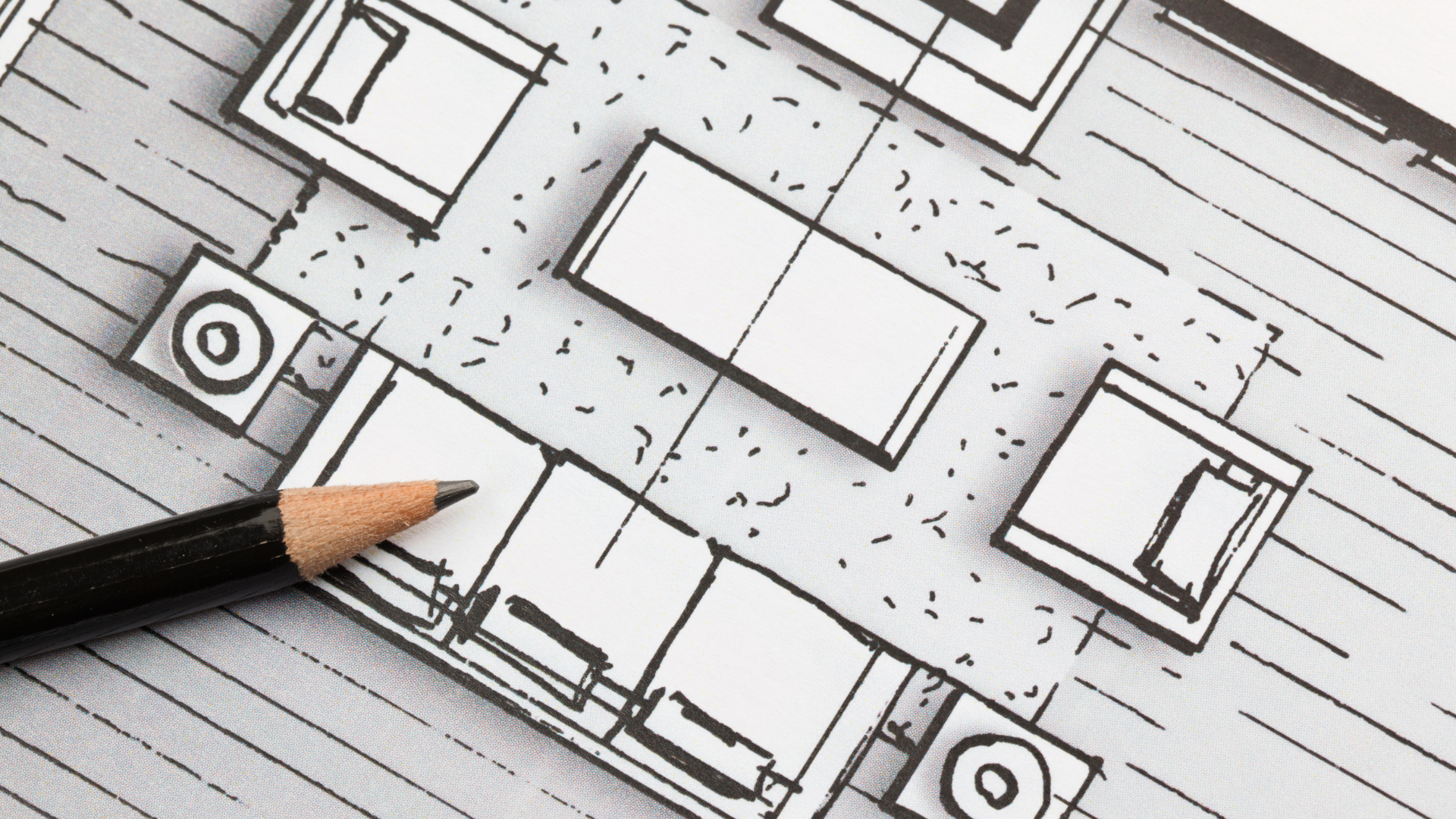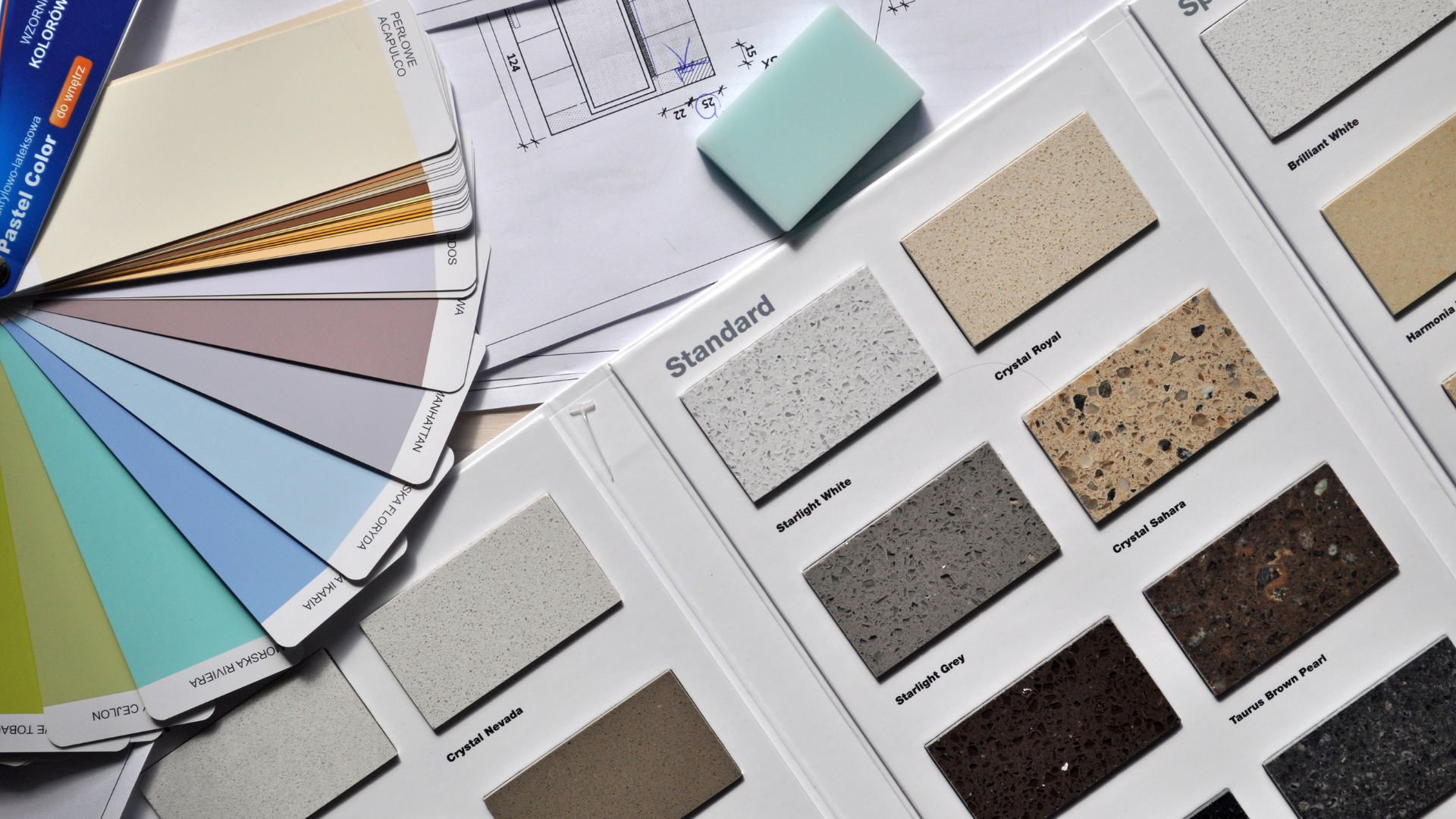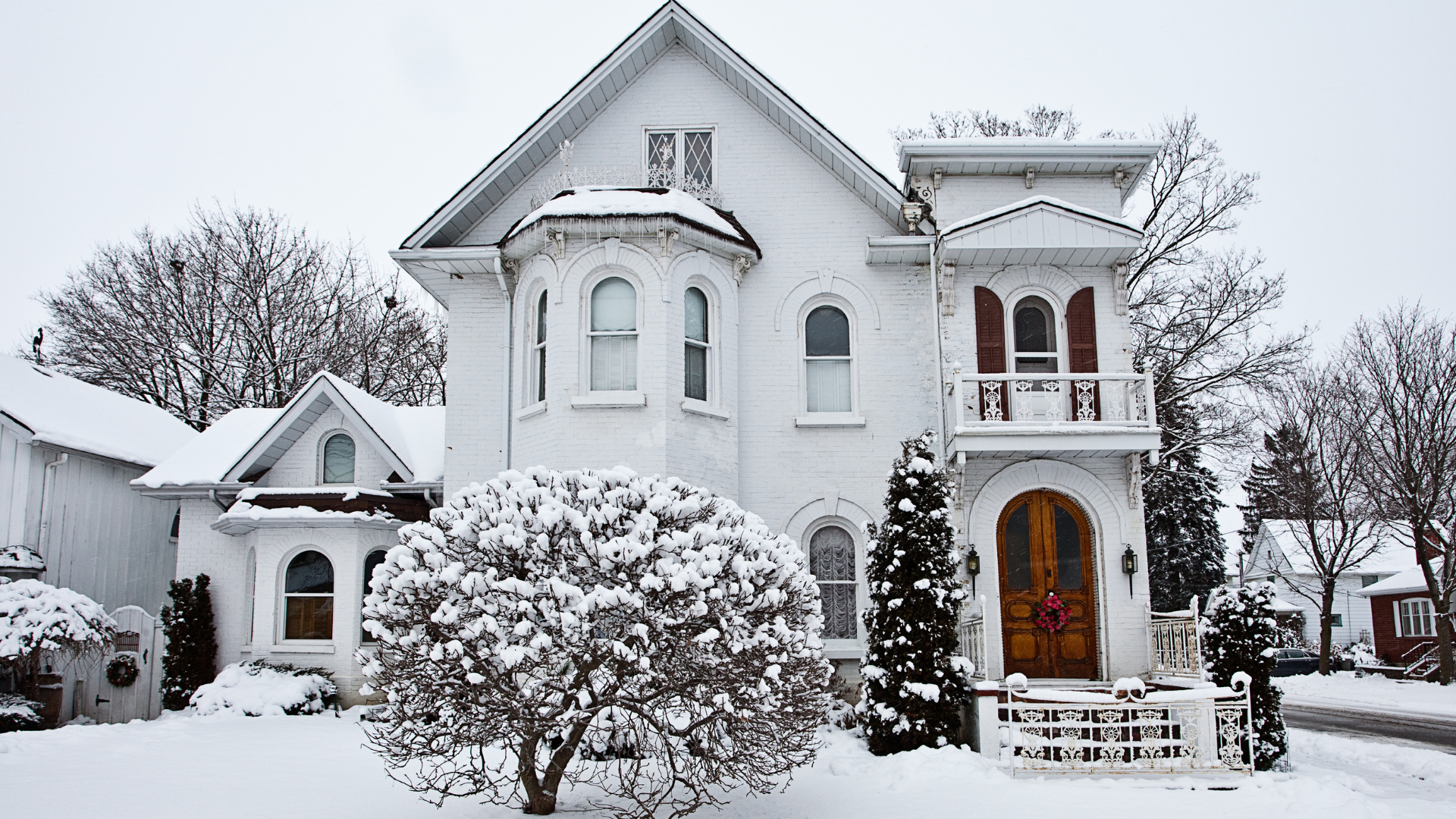Do you feel overwhelmed by all the responsibilities of home ownership? You’re not alone.
To ensure a smooth transition from renting to owning, it’s essential to prepare financially and emotionally for homeownership.
We will share with you today some helpful tips on how to get yourself ready to become a homeowner. So sit back, relax, and let’s dive into the world of homeownership preparation!
The Process of Finding a Home
Embarking on the journey of homeownership is an exciting yet intricate process that involves careful consideration of both financial and emotional aspects. One of the pivotal steps in this endeavor is finding the right home that aligns with your needs and preferences.
Begin by establishing a clear vision of what you desire in a home, considering factors such as location, size, and amenities. Conduct thorough research on the local real estate market, keeping an eye on property values and trends.
Utilize online platforms, attend open houses, and consider seeking guidance from professionals in the field similar to this PEI real estate agent who can provide valuable insights and assistance throughout your search. Patience is key during this process, as finding the perfect home may take time, but investing effort in the search will undoubtedly contribute to a more fulfilling homeownership experience.
The Process of Buying a Home
You may see buying a home as an essential step in life and one you must go for. However, whilst it may look like it is a great path, there is a lot that comes with it that you need to be prepared for.
You need to conduct diligent research if you don’t know the difference between a conventional loan compared to an FHA loan, or if you don’t know how much it can cost to replace your home’s wiring or fix a gas leak.
Without checking for what you need, you might hit a wall and not know where to turn to next.
Here are some things to look into and collect background on.
Get Pre-Approved For a Mortgage
Through doing this, you will be able to get a better idea of your budget. Then, lenders can ensure that you are paired with the correct mortgage.
Create a Budget
It’s important to have an idea of how much money you’re willing and able to spend on a home. You also need to take into account other costs associated with owning one – property taxes and homeowner insurance, to name a few.
Talk to People About Buying a Home
Ask them what they did or didn’t do that helped them make the decision about buying vs renting. Hearing different perspectives can help you get a more complete picture of what is involved in homeownership.
Going into it blindly won’t help.
Know Your Credit Score and History
This information will be used when you apply for financing, so it’s important that it is accurate and reflects your current financial situation.
You can get your credit report from Equifax or Trans Union free of charge each year.
In order to make sure your credit score and history are always acceptable, you should keep an eye on it.
Have Realistic Expectations
Be aware of the upfront costs and long-term maintenance costs of homeownership.
Many people overestimate these expenses by thinking they will only have to deal with one or two repairs during their ownership period. In reality, homeownership can be a costly proposition.
For example, you may come across a situation where your home’s structure is compromised due to a pipe break in the basement.
In such a scenario, you ought to have the funds necessary for a foundation repair service, pipe replacement, or basement repair, depending on what the issue at hand is. Being financially prepared for such a circumstance is necessary to avoid debt from borrowing money, and making your home more habitable.
Living in your parent’s home for years can make you ignorant of what they actually have done to keep it functioning. Asking them questions could help you along the way with your own home and its needs.
Preparing for the Financial Aspects of Homeownership
To ensure that you don’t fall off the deep end, there are some things that you can do to prepare yourself – this applies not only to before buying a house but during as well, so you are always one step ahead.
Keep track of expenses and progress toward savings goals.
Monitoring your expenses can help motivate you to save more money for a down payment or repairs later on in the ownership process.
Progressing towards savings goals can also inspire confidence when it comes time to sell or refinance your home in the future.
Putting aside money from your paycheck each month can help you keep on top of any random expenses that pop up.
Consider refinancing if possible.
Refinancing may be able to lower your monthly mortgage payment by taking advantage of current low interest rates, while also adding extra years onto your loan term (which could reduce the overall cost of ownership over time).
Speak with an experienced lender about refinancing options specific to homeownership – they can help get you started on the right path!
Not everyone is secure enough for refinancing, so don’t go for that as your first choice, always map out alternatives and see which one would support you better.
Preparing for the Emotional Aspects of Homeownership
People think that being ready to be a homeowner means that all they need to do is have all the necessary finances in place.
This is not technically the only thing people need. A lot of emotions can come into buying a house for the first time. If you do not face those emotions then you could work yourself up as time goes on which can make you feel even more stressed or cause you to make mistakes.
Pride comes from closing on a home. You think that you are gaining more independence, or that you are finally feeling like an ‘adult’ for the first time, but, whilst this is a positive emotion, the negative can also follow.
Fear, anxiety, and financial worry will plague people who buy a house for the very first time. What if you can’t keep affording it? What happens if a pipe explodes? What if you lose your job?
All of these are valid worries. However, zoning in on them will just make you go down the rabbit hole and stop you from feeling that joy.
Every homeowner will face something with their house, you are among millions upon millions who face the same things, that is why there is help at hand if you need it with housing support as well as bank loans (if applicable).
How to Take Care of Your New Home?
Congratulations on your new home! As you embark on this exciting chapter of homeownership, taking proactive steps to care for your property is crucial for its long-term well-being. To ensure that your investment stands the test of time, consider a comprehensive approach that encompasses maintenance, security, energy efficiency, and personalization.
Begin by establishing a routine for regular home maintenance. This includes tasks such as inspecting the roof and gutters, checking for leaks, and ensuring that the HVAC system is functioning optimally. Servicing your appliances can also prevent breakdowns and extend their lifespan. Pay attention to the landscaping as well, keeping the yard well-maintained and addressing any potential issues like overgrown trees or shrubs that could impact the foundation.
Likewise, maintaining the cleanliness of both the exteriors and interiors of your house is a fundamental aspect of responsible homeownership, contributing not only to the aesthetics of your living space but also to the health and well-being of your family. Regular cleaning routines are essential in preventing the accumulation of dust, dirt, and allergens that can compromise indoor air quality and contribute to various health issues. Moreover, a clean home provides a more pleasant and inviting environment for both residents and guests.
Pest Control is another crucial aspect of home maintenance that may not be immediately apparent. Unwanted pests, ranging from insects to rodents, can pose serious threats to both your new property and the health of your family. If left unchecked, pests can cause damage to the structure of your home and even contribute to the spread of diseases. Seeking professional assistance from Aptive and similar providers can be the most effective and efficient approach. Trained professionals can use environmentally friendly and targeted methods to eliminate pests while minimizing the impact on the surrounding environment.
Securing your home is another paramount aspect of care. Invest in a reliable security system to protect your property and loved ones. Ensure that all doors and windows have proper locks, and consider reinforcing entry points if needed. Regularly test your smoke detectors and carbon monoxide detectors to guarantee they are functioning correctly. Familiarize yourself with your neighborhood and local emergency services, and establish a communication plan with your family in case of unforeseen events. A well-protected home not only safeguards your belongings but also provides peace of mind.
Efficiency is key when it comes to home care. Take steps to make your home more energy-efficient, which not only benefits the environment but also reduces utility costs. Consider installing energy-efficient appliances, LED light bulbs, and a programmable thermostat. Regularly check for drafts around windows and doors, and seal any gaps to enhance insulation. This not only keeps your home comfortable but also contributes to lower energy consumption. Additionally, inspect your home’s insulation and make upgrades if necessary, as proper insulation is crucial for maintaining a consistent indoor temperature.
Personalizing your new home is an essential part of making it truly yours. Take the time to decorate and furnish each room according to your style and preferences. This not only enhances the aesthetics of your living space but also creates a welcoming and comfortable atmosphere. Consider investing in durable and quality furniture that will withstand the test of time. Adding personal touches such as artwork, photographs, and meaningful decor items can turn your house into a home. Don’t rush the process; let the personalization of your space be a reflection of your unique taste and lifestyle.
Financial responsibility is another integral aspect of caring for your new home. Create a budget that includes mortgage payments, property taxes, and homeowners’ insurance. Set aside funds for unexpected repairs or maintenance tasks. Regularly review your budget to ensure it aligns with your financial goals and adjust it as needed. Keep important documents, such as mortgage papers, insurance policies, and home improvement receipts, organized and easily accessible. Understanding and managing your finances responsibly will contribute to the overall well-being and sustainability of your new home.
Regularly assess the condition of your home’s exterior. Check for any signs of wear and tear on the siding, paint, or brickwork. Address any issues promptly to prevent more extensive damage. Keep an eye on the foundation for cracks or settling, as these can be indicators of underlying problems. By catching and addressing such issues early on, you can save yourself from costly repairs in the future. Consider scheduling professional inspections to get a comprehensive overview of your home’s structural integrity and identify potential concerns.
Embrace a sustainable lifestyle within your new home. Implement eco-friendly practices such as recycling, reducing water consumption, and using environmentally friendly cleaning products. Consider installing solar panels or exploring other renewable energy options to minimize your ecological footprint. Sustainable living not only benefits the planet but also contributes to the long-term health of your home.
Foster a sense of community within your neighborhood. Get to know your neighbors, participate in local events, and join community groups. This not only enhances your overall living experience but can also be beneficial in times of need. A supportive and connected community provides an additional layer of security and contributes to the overall vibrancy of the neighborhood.
Regularly reassess and update your home insurance coverage to ensure that it adequately protects your property and belongings. Understand the terms and conditions of your policy, and make adjustments as needed to reflect changes in your home’s value or contents. Being proactive in maintaining proper insurance coverage ensures that you are financially protected in the event of unforeseen circumstances.
In conclusion, caring for your new home is a multifaceted undertaking that requires dedication, organization, and a strategic approach.




